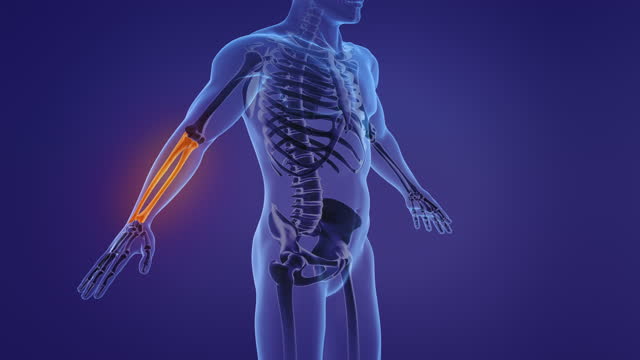Timings
Evercare Hospital Lahore
- Monday - Thursday (11 am - 01 pm)(07 pm - 09 pm)
- Friday (02 pm - 05 pm)(07 pm - 09 pm)
- Saturday (04 pm - 06 pm)
Contact Info
- Phone: 03060603646
- Whatsapp: 03060603646
- Email: Info@drwaqasjavedorthopedics.com
Fractures Around the Elbow and Forearm

Fractures around the elbow and forearm are common injuries that can affect anyone, from children to adults. These injuries can significantly impact the function of the arm and daily activities, especially if not properly treated.
Anatomy of the Elbow and Forearm
The elbow is a complex joint where three bones meet: the humerus (upper arm bone), the radius, and the ulna (the two bones of the forearm). This joint allows for bending and straightening of the arm, as well as rotation of the forearm. The forearm’s structure and its connection to the elbow are crucial for hand and wrist movements.
Types of Fractures
Elbow Fractures:
- May involve the distal humerus, the proximal radius, or the proximal ulna.
- Common in all age groups, often due to falls or direct impact.
Forearm Fractures:
- Can occur in the radius, the ulna, or both.
- Often result from trauma such as a fall on an outstretched hand.
Symptoms of Elbow and Forearm Fractures
- Sudden, intense pain in the elbow or forearm.
- Swelling, bruising, or deformity in the affected area.
- Inability to move the elbow or forearm.
- Numbness or weakness in the arm, wrist, or hand (in severe cases).
Diagnosis
- Physical examination to assess pain, swelling, and range of motion.
- Imaging tests, typically X-rays, to determine the fracture’s location and severity.
- CT scans or MRI may be used for more complex fractures.
Treatment Options
Nonsurgical Treatment:
- Cast or splint for simple fractures to immobilize the bones as they heal.
- Pain management with medications.
- Physical therapy for muscle strength and joint mobility.
Surgical Treatment:
- Required for more severe fractures to realign and stabilize the bones.
- Techniques include internal fixation with plates and screws, and external fixation.
- Surgery is more common in forearm fractures than isolated elbow fractures.
Recovery Process
- The healing time varies based on the fracture type and treatment.
- Physical therapy is essential for regaining full function.
- Recovery can take several weeks to months, with gradual return to normal activities.
Importance of Proper Management
Proper diagnosis and treatment of elbow and forearm fractures are critical to prevent long-term complications such as chronic pain, stiffness, or arthritis. Surgical intervention may be necessary for complex fractures to ensure correct alignment and healing. Following a structured rehabilitation program is crucial for restoring strength, flexibility, and function to the affected arm. Patients are encouraged to closely follow their healthcare provider’s instructions and engage in regular follow-up to monitor their recovery progress.

Conditions I Treat

- Knee Injuries
- Orthopedic Infections
- PCL Injuries
- Multi-ligament Injuries
- Joint Replacement
- Kneecap Dislocations
- Knee Replacement
- Sport Injuries of Knee
- Lower Limb Fractures
- Hip Injuries
- Hip Replacement
- Back Pain
- Shoulder, Elbow, Wrist
- Upper Limb Fractures
- Neck Pain